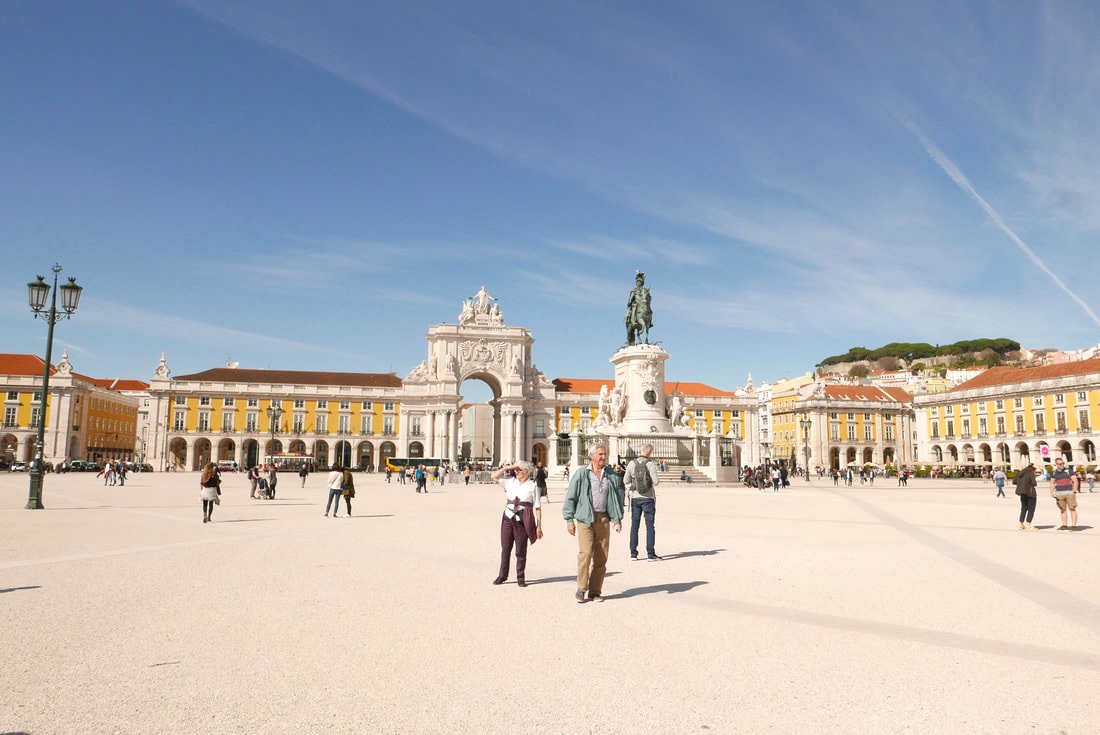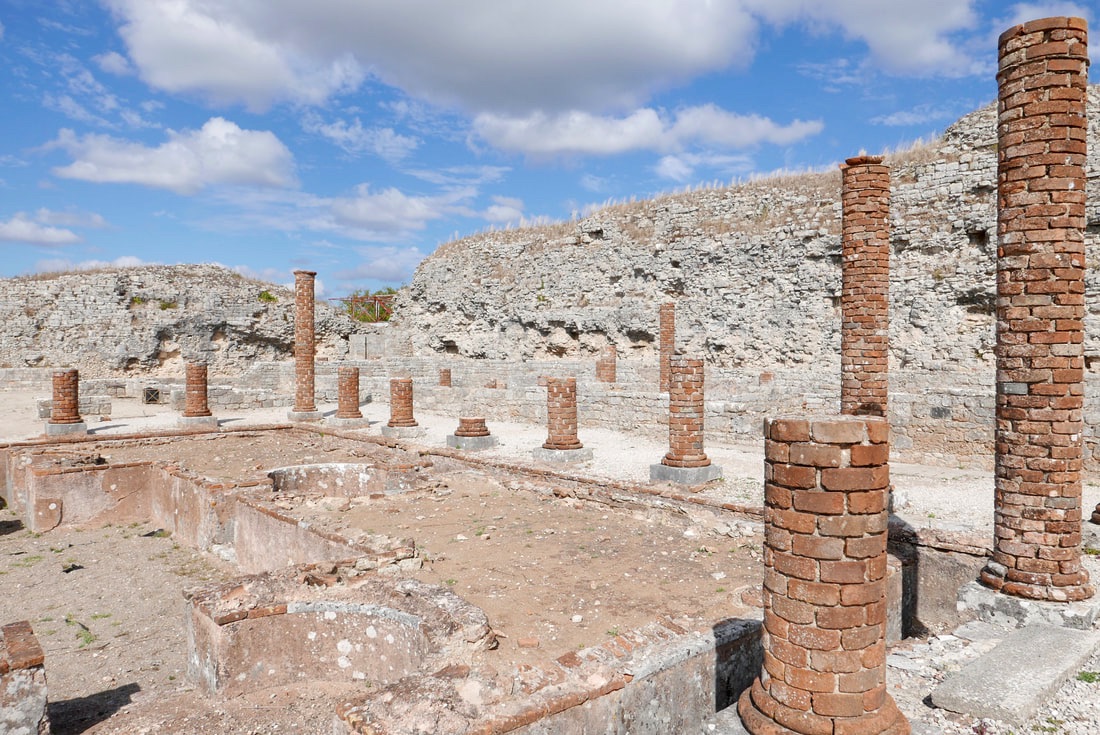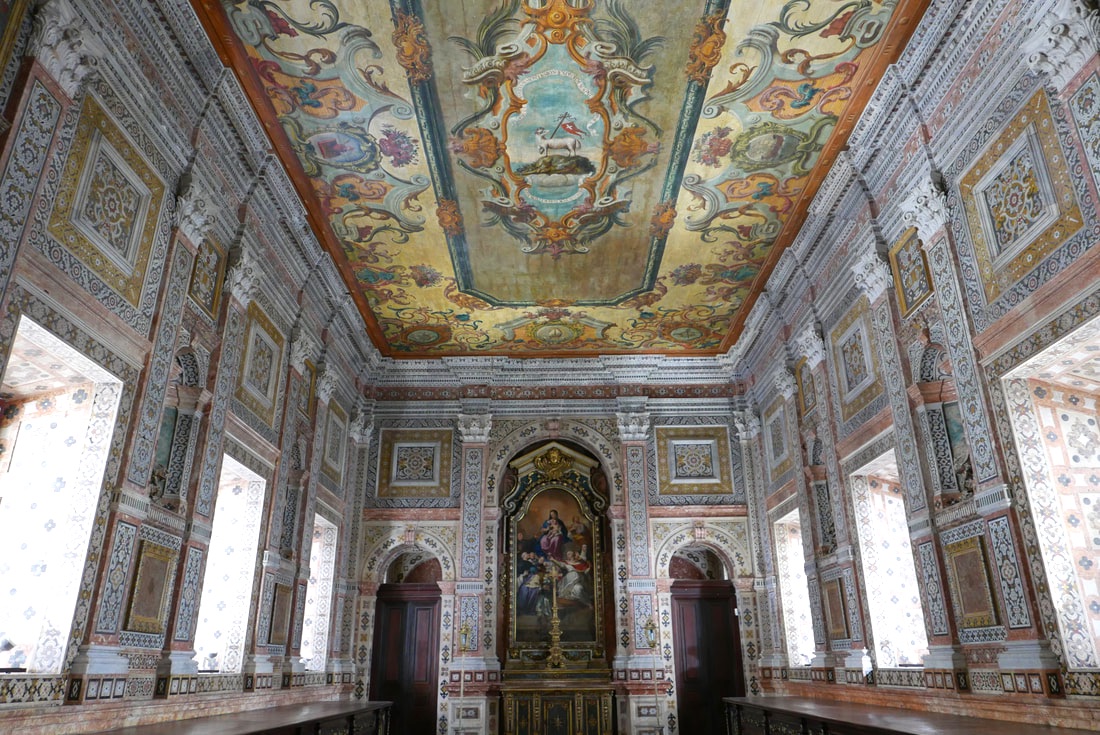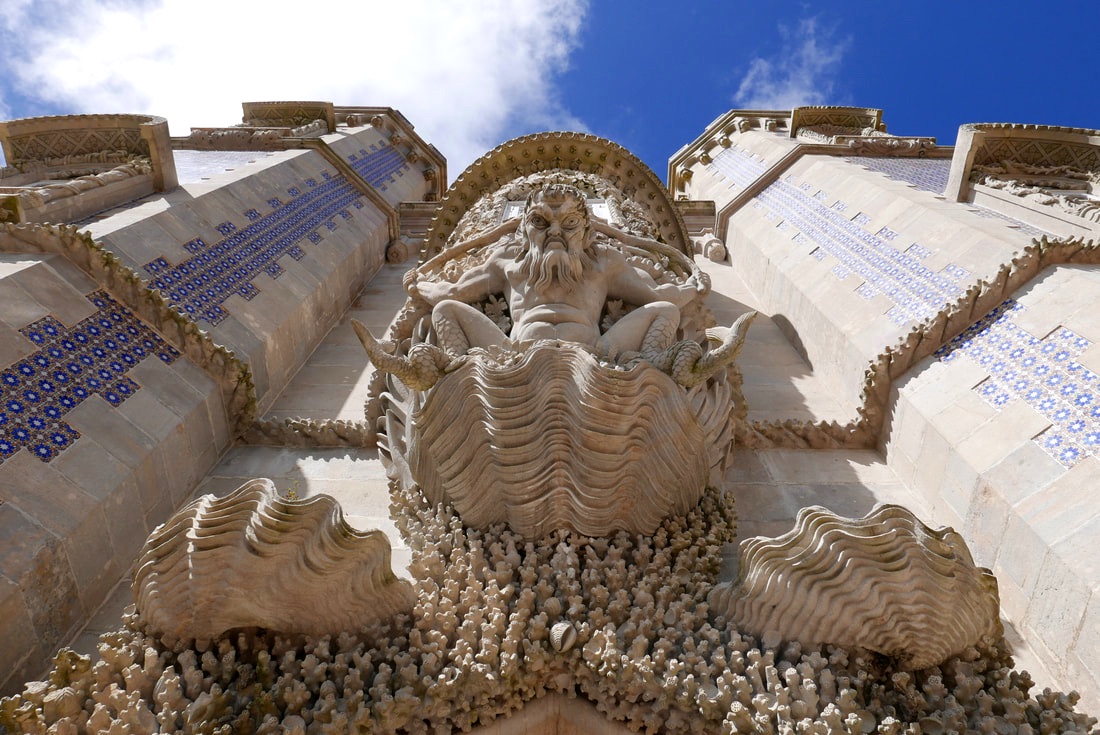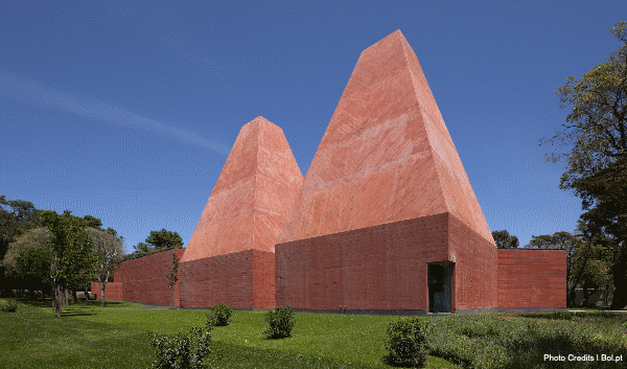|
Portugal has a very long history which explains the diversity of buildings that can be found across the country, some of which date back to 2.000 years b.C.. There are signs of the presence of many different peoples, from Celts to Romans and Moors and this "melting pot" is part of our heritage. Along all these different periods architecture suffered many changes, ranging from solemn and simple constructions to intricate and ornamented ones. In this article we write in more detail about the ones that are more iconic and also the most renown Portuguese contemporary architects. Ancient ConstructionsThe territory that is now Portugal (or is since 1143) was occupied since the Iron Age. There are constructions dating back to that period, such as the celt villages that can be found mainly in the northern part of Portugal. A fantastic example is Citânia de Briteiros, near Guimarães. It is truly astonishing how ancient and simple constructions stood still for thousands of years and how we can still witness it these days. Many of these villages were destroyed by the romans, whereas others were taken by the soldiers and used to built larger roman settlements. During the Roman Period many bridges, aqueducts, roads and temples were built. Some of the most iconic roman constructions in Portugal are the roman temple in Évora and the ruins of roman cities that were excavated in Conímbriga (near Coimbra) and Ammaia (in Alentejo). After the Romans we endured many more years of battles against the Moors, who at the time occupied great part of the Iberian Peninsula. Despite inheriting knowledge in the fields of agriculture, maths and arts, there aren't many remains of moorish architecture, apart from castles and fortifications. This is mostly due to the fact Christians made sure they covered up all the traces left by the "infidels". A good exception to the rule is the main church in Mértola, which is a clear adaptation of what was originally a mosque, and some ceramic artefacts and tiles. In fact, the word azulejo derives from an Arabic word. Churches and MonasteriesWith the so-called Christian Reconquest cathedrals, churches and monasteries were built. They worked as a symbol of power and wealth of the kings, the clergy and also the most influent noble families. Many monasteries were raised after winning important battles, some with the aid of the Templars, also known as the Military Order of Christ. With so many religious buildings across the country it's hard to pinpoint the most iconic ones, but there are fine examples in every single city and sometimes even in the most isolated territories. Many of these constructions are part of UNESCO World Heritage sites. Palaces and Private EstatesDuring the Age of Discoveries the Portuguese kingdom was very rich thanks to the precious stones, gold and other exotic goods that were brought from distant lands. Apart from magnificent religious buildings the wealthy invested in opulent palaces and mind-blowing private estates, which were used as holiday retreats. Sintra is where the most incredible collection can be found. In a fairly small territory there are tons of different architecture styles, not only in the main buildings but also adorning the exquisite gardens. Palácio da Pena and Quinta da Regaleira are unavoidable winners, but there are many more contestants worth admiring and visiting. With the tourism growth some palaces, monasteries and convents have been converted into hotels and beautiful B&Bs where it is actually possible to sleep like a king. A good example are Pousadas de Portugal, a network of beautiful places to stay at across the country. Contemporary BuildingsDespite its small size, Portugal has a very rich architectural legacy and this tendency is also noticeable in more modern and bold constructions. Our most famous ambassadors when it comes to contemporary architecture are Siza Vieira and Souto de Moura, both with established carriers nationwide and abroad. Álvaro Siza Viera won the Pritzer Prize in 1992 and in 2011 Eduardo Souto de Moura had his turn. They have their work scattered around the world and in Portugal we highlight Porto's contemporary Museu de Serralves by Siza and Braga's football stadium and Casa das Histórias de Paula Rego, in Cascais, by Souto de Moura. There are many other valuable examples of contemporary architecture in the country, from private houses to restaurants, art centres, wine cellars, hotels, cruise ship terminals and company headquarters. Many of these are boutique hotels and other tourism related units that showcase a more disruptive and creative side of what travelling in Portugal can also mean. If you're planning to visit Portugal and have a keen eye for architecture let us know and we'll include some architecture-related tips in your bookpack :)
To keep up with our monthly news subscribe to our newsletter! We promise not to spam you :)
0 Comments
Leave a Reply. |
Categories
All
|
Telephone+351 938 503 009
|
|
Turismo de Portugal RNAVT nº 6915
|

